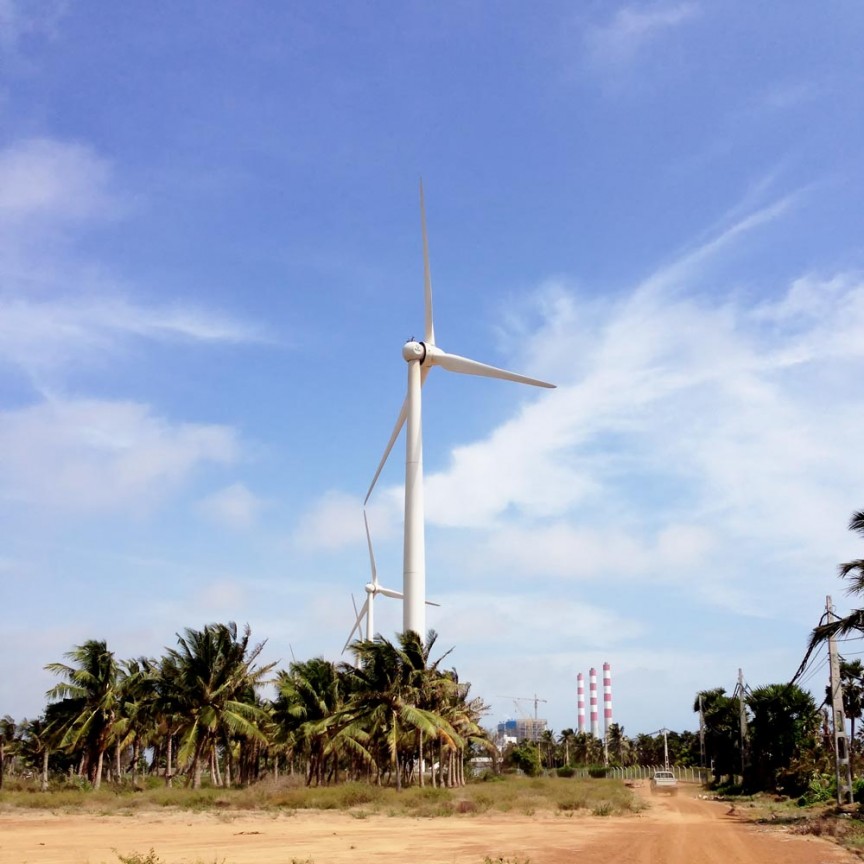Indian conglomerate Adani Group has announced its withdrawal from two major wind power projects in Sri Lanka, valued at $442 million. The move comes amid growing political and financial scrutiny, raising questions about the future of renewable energy collaborations between the two nations.
Reasons for Adani’s Withdrawal
- Regulatory and Political Challenges:
- The projects faced significant political opposition in Sri Lanka, with concerns over foreign control of energy assets.
- Shifts in Sri Lanka’s government policies may have contributed to the uncertainty surrounding the investment.
- Financial and Operational Hurdles:
- Reports suggest Adani encountered financial viability concerns and potential profitability challenges.
- Rising costs and logistical issues also added to the complications of executing the wind energy projects.
- Geopolitical Considerations:
- India and China’s strategic competition in Sri Lanka’s infrastructure development could have influenced Adani’s decision.
- Sri Lanka’s engagement with multiple international partners may have altered the investment landscape.
Implications of Adani’s Exit
- Impact on Sri Lanka’s Renewable Energy Goals:
- The withdrawal poses setbacks to Sri Lanka’s plan to expand its renewable energy capacity.
- The government may need to seek alternative investors to ensure continuity in green energy development.
- Regional Business Sentiment:
- The exit might discourage other Indian or foreign investors from engaging in Sri Lanka’s infrastructure sector.
- However, it also opens the door for new entrants to reassess investment potential in the renewable energy market.
- Future of India-Sri Lanka Energy Ties:
- Despite this setback, both nations continue to explore other energy partnerships.
- India remains a key stakeholder in Sri Lanka’s broader energy transition strategy.
What’s Next for the Projects?
- Government Response:
- Sri Lanka may seek new bids or negotiate with alternative investors.
- Domestic energy firms could step in to fill the gap left by Adani’s withdrawal.
- Market Reactions:
- The renewable energy sector will closely watch how Sri Lanka adapts to this development.
- Investors will assess the country’s regulatory framework before making commitments.
Conclusion
Adani Group’s decision to exit the Sri Lanka wind power projects marks a significant shift in South Asian renewable energy dynamics. While challenges remain, this development also presents opportunities for new players to engage in Sri Lanka’s clean energy ambitions. The future of the projects now hinges on the government’s ability to attract and retain credible investors.
For more information, visit Al Jazeera.





